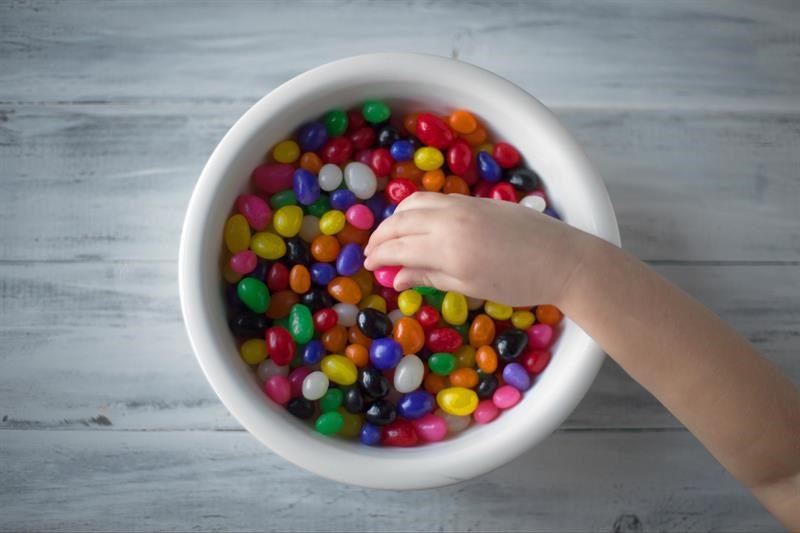Kids consume more than a year's worth of sugar in six months
Published: 15/06/2018
Children in England have consumed more than a year’s worth of sugar in less than six months, according to figures from Public Health England (PHE).
Children aged 4 to 10 years should have no more than the equivalent of 5–6 cubes of sugar per day, but are consuming on average 13 cubes. This means they are on track to consume around 4,800 cubes of sugar by the end of the year – more than double the maximum recommendation.
Sugary soft drinks remain one of the main contributors of free sugars to children’s diets – more than ice cream and puddings combined.
Apart from fruit juice, which counts as one of our 5 a Day, the other main sources of sugar in children’s diets are:
- Sugary soft drinks (including squashes, juice drinks, energy drinks, cola and other fizzy drinks) – 10%
- Buns, cakes, pastries and fruit pies – 10%
- Sugars, including table sugar, preserves and sweet spreads – 9%
- Biscuits – 9%
- Breakfast cereals – 8%
- Chocolate confectionery – 7%
- Sugar confectionery – 7%
- Yoghurt, fromage frais and other dairy desserts – 6%
- Ice cream – 5%
- Puddings – 4%
Fruit juice with no added sugar can be a healthier alternative to soft drinks. However, it contributes a significant amount of sugar to children’s diets when consumed in large amounts. Therefore fruit juice and smoothies should be limited to a combined total of 150ml per day.
Too much sugar can lead to weight gain, obesity and tooth decay – a third of children leave primary school overweight or obese, while around a quarter of 5 year olds suffer from painful tooth decay. Children above a healthy weight are more likely to remain so as adults, increasing their risk of preventable health conditions including type 2 diabetes, heart disease and some cancers.
Author: Julie Bissett











.jpg?width=150&height=100&scale=canvas)

